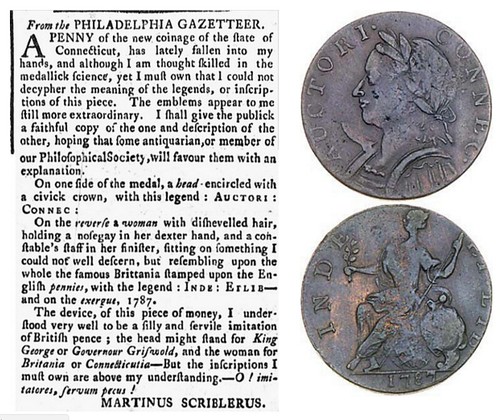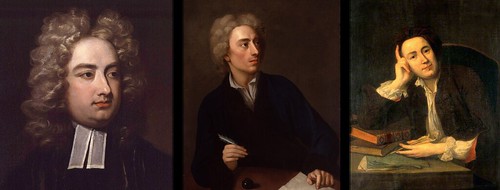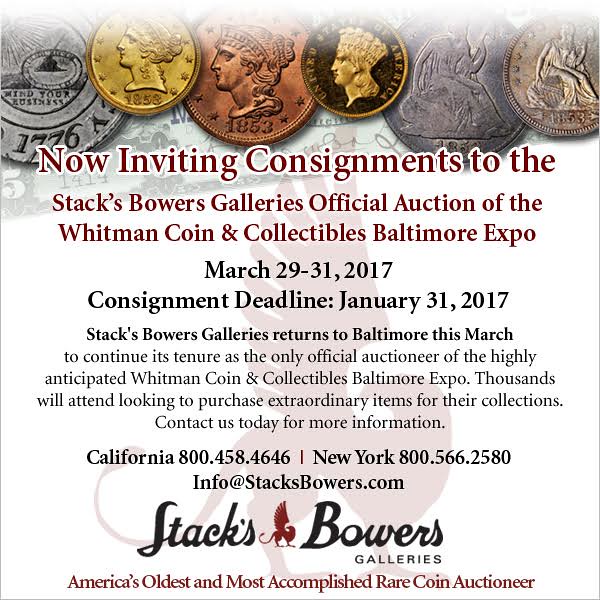
PREV ARTICLE
NEXT ARTICLE
FULL ISSUE
PREV FULL ISSUE
MARTINUS SCRIBLERUS ON THE CONNECTICUT COPPERSJulia Purdy submitted this 1787 newspaper article and accompanying transcription. Thanks! These old articles are marvelous and this one has a very interesting pedigree. I chose an
image of a 1787 Connecticut from the CoinFacts site (Miller 4-L). Is that variety the best match for the coin being described? -Editor
Julia writes: Here is another article from the Massachusetts Centinel that may be of interest to the readers of The E-Sylum. It indicates it is reprinted from The Philadelphia Gazetteer but I have not been able to locate the date of printing in that newspaper. This is from the August 1, 1787 edition of the Massachusetts Centinel and it is an amusing description of the Connecticut Copper by “Martinus Scriblerus”.  Massachusetts Centinel (Boston, Massachusetts) From the PHILADELPHIA GAZETTEER, A PENNY of the new coinage of the state of On one side of the medal, a head encircled with On the reverse a woman with dishevelled hair, The device, of this piece of money, I under- MARTINUS SCRIBLERUS Julia adds: I attempted to translate the latin phrase at the closing: O! imitatores, servum pecus! I found it listed in The World Dictionary of Foreign Expressions (Adeleye, Acquah-Dadzie 1999) as attributed to Horace and meaning “Those who imitate are a herd of slaves”. I assumed “Martinus Scriblerus” to be a pseudonym but I had never heard the name before. I found this website which gives a nice synopsis of the history behind the name. Here's what the site had to say about Martinus Scriblerus. -Editor
Martin Scribler Media commemorates the work and spirit of the Scriblerus Club, formed in 1713 by Jonathan Swift, Alexander Pope, John Gay, John Arbuthnot, and Thomas Parnell.  Swift, Pope, and Arbuthnott The club met only sporadically, and its membership varied over the years. It took its name from its fictional founder, a hack writer named Martinus Scriblerus. Its focus was the writing of a biography of Scriblerus himself, a vehicle to satirize false erudition, ignorance, literary genres, and contemporary life (basically, anything that bugged them at the moment). As with all writing (and committee work in general), the biography took time; so much time that it was never completed. A single volume, titled The Memoirs of Martinus Scriblerus, was finally published in 1741. It contained tales of errant scholarship and dubious opinion, and an outline of future chapters that were never written. The memoir was penned years before its publication and foreshadowed, among other things, J onathan Swift's Gulliver's Travels (1726). Swift is said to have modelled Gulliver on his fellow Scriblerian John Arbuthnot. In 1728 Alexander Pope published a satiric mock-heroic poem entitled The Dunciad, in which he anonymously savaged certain writers as dunces. Later, feuding with these writers and their defenders, Pope employed Martinus Scriblerus pseudonymously to undermine them by summarizing, deadpan, their various contradictions and faults. Thus the hack whom Pope had ridiculed morphed into his own hatchet man. The Scriblerus Club survived until the deaths of Pope and Swift in 1744 and 1745 respectively. Yet Martin Scribler survived the club's demise and found new breath in poet Richard Owen Cambridge's mock epic poem Scribleriad, published in 1751. (The poem is full of literary in-jokes which are obscure today.) Over the years, variations on Scribler's name have been employed as pseudonyms by various literary figures including Henry Fielding, George Crabbe, and (it is rumoured) a famed reclusive present-day postmodernist.  To read the complete article, see: Many thanks to Julia for sharing this great little article with a connection to literary giants of the day. Who knew? Not me! I couldn't resist trying a search in the Newman Numismatic Portal and came up with one match. In an 1845 catalog of the library of Henry A. Brady (which includes several lots of coins) is listed a copy of the rare 1741 Pope and Arbuthnot book, Works and Discoveries of Martinus Scriblerus. -Editor To read the complete catalog, see:  Wayne Homren, Editor The Numismatic Bibliomania Society is a non-profit organization promoting numismatic literature. See our web site at coinbooks.org. To submit items for publication in The E-Sylum, write to the Editor at this address: whomren@gmail.com To subscribe go to: https://my.binhost.com/lists/listinfo/esylum All Rights Reserved. NBS Home Page Contact the NBS webmaster 
|